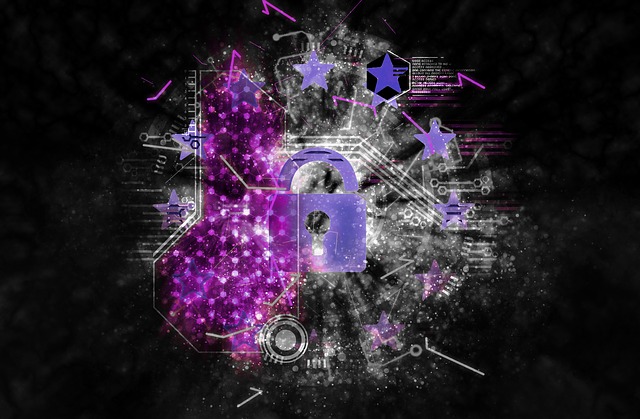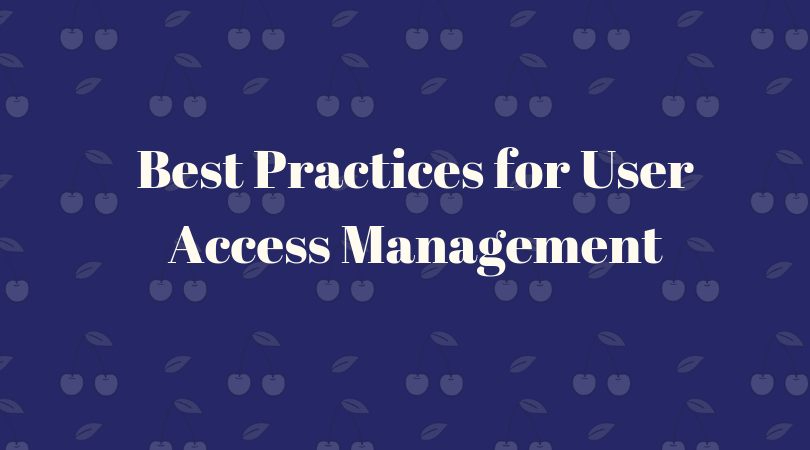Best Practices for User Access Management

While the use of technology in business has brought about many benefits, there are also some drawbacks. One of the biggest drawbacks is that using more technology opens businesses and individuals up to more security risks. Data breaches and hacks are unfortunately becoming more frequent, putting individuals and companies alike at risk.
One of the best ways to protect your company is to restrict user access. There is a good chance your company has collected sensitive or private information from users. However, not every employee needs access to it. As a result, only those who need access to do their daily job duties should have access to the information. You need to be sure to manage this access so you always know who is able to see what.
On that note, this blog post is going to look at some best practices for user access management.
Use the Right Access Control Model
Before a company can restrict access as a means to increase security, they need to choose the correct access control model. There are several different access control models that businesses can use to control access. Among the most popular and common are:
Mandatory Access Control – Users do not have much freedom to choose who has access to their information. Access will come down to thinks like a person’s security clearance or the classification of the data.
Discretionary Access Control – The owner of the data will choose who they want to have permission to access the data.
Role-Based Access Control – This model allows for access based on role or job title. For example, marketers might need access to certain customer information and demographics that an IT professional or HR worker will not.
Ensure Strong Passwords are Used

Unfortunately, just because you have limited access to who has access to private information, that doesn’t mean you’re automatically secure. You need to ensure those with access are educated on good password management. Unfortunately, many people are still terrible at picking passwords, which can put your company at risk.
You need to ensure everyone with access to sensitive information not only has a strong password, but also changes it every few months. A strong password is one that has no connection to your or the company, and is comprised of letters, numbers and symbols. If a password is easy to guess, it should not be used at work.
Find and Use a Great IAM Solution
In order to truly keep private information as safe as possible, your company should adopt and use a great IAM (Identity and Access Management) solution. IAM solutions by SolarWinds or other companies can make your introduction to user access management much easier, or improve what you currently do in that department.
These solutions simply offer you an easy way to see, manage and change to who has access to what. Also, many will alert you if any issues or problems arise. Other features they may offer include change monitoring, automatic account creation, and compliance reporting.
Also, you should use these solutions to periodically do update checks on your user access. You need to be sure that everyone with access still needs it. The last thing you want is for someone who changed roles to still have access to sensitive customer information that they no longer need.
In conclusion, hopefully this article has been able to help you learn some of the best practices for user access management. Whether you are newly implementing access control, or looking to change things up, the information in this article should be able to help.





